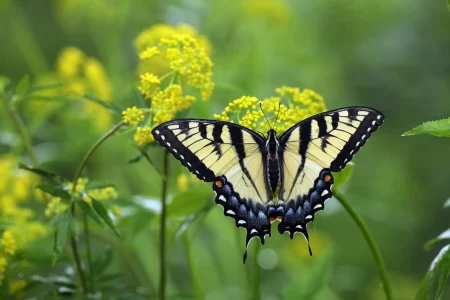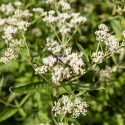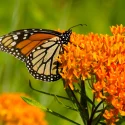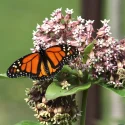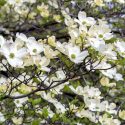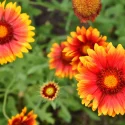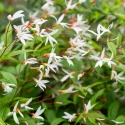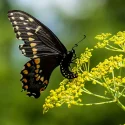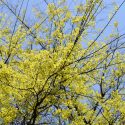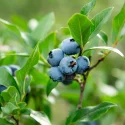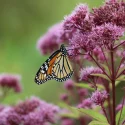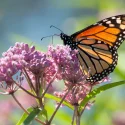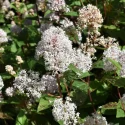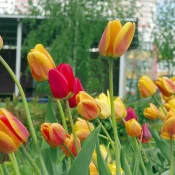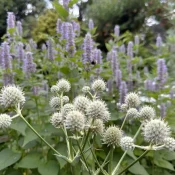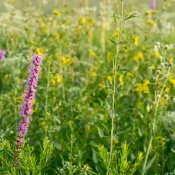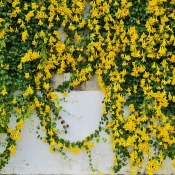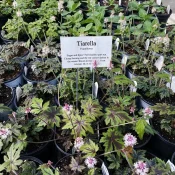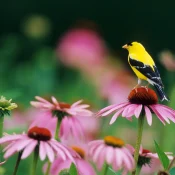What is a host plant?
A host plant is a specific plant that a bug, butterfly, or caterpillar eats, lives on, or lays its eggs on. A well-known example is milkweed: monarch caterpillars only eat milkweed, and monarch butterfly moms only lay their eggs on milkweed.
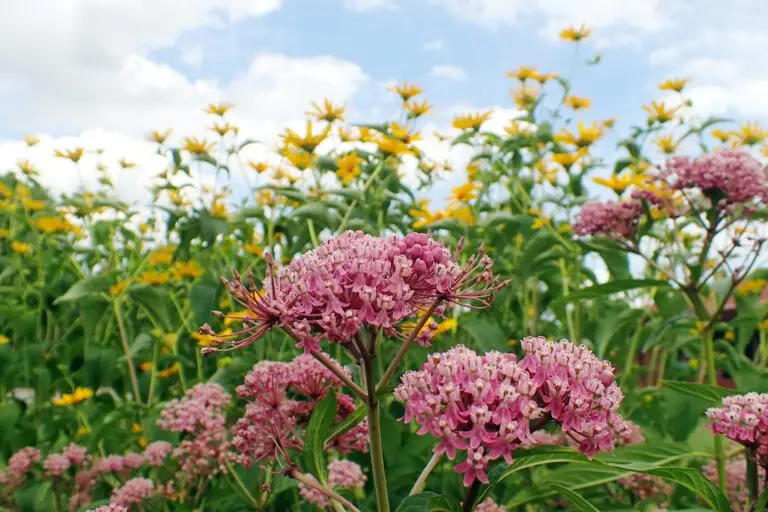
Now that we’ve covered the basics, let’s find out why exactly host plants exist and meet some host plants.
The incredible codependent relationship between host and host plant
As we remember from kindergarten, mom butterflies lay eggs on leaves, which then turn into hungry caterpillars. After a period of munching, the caterpillars create a cocoon and then emerge as butterflies.
Unlike the famous children’s story: many very hungry caterpillars only eat one kind of plant.
Although many flowers can be food for butterflies, the startling fact is that not all leaves can be food for caterpillars. This is why you may see butterflies on many different species of flowers, but some caterpillars have evolved to only eat one species of plant.
Some caterpillars only eat certain species of plants—these are called host plants.
And some caterpillars only eat ONE plant, which includes one of the pickiest eaters on the planet…
Monarch caterpillars are the pickiest eaters
Monarch butterflies are legendary, but they have one big limitation—their babies are extremely picky eaters. In fact, monarch caterpillars will only eat milkweed.
Milkweed isn’t just a preference—it’s essential. Here’s why:
- Monarchs only lay their eggs on milkweed. Look for tiny black dots on the leaves in spring and fall.
- Monarch caterpillars only eat milkweed. No milkweed, no monarchs.
- Adult monarchs can sip nectar from many flowers, but their caterpillars can’t survive without milkweed.
Without milkweed, there would be no monarch butterflies.
Why do host plants exist?
The exclusive relationship between wildlife and host plants is all about survival. Here’s how host plants help species thrive:
Built-in defense systems
Milkweed contains toxic compounds that monarch caterpillars store in their bodies, making them poisonous to predators. One bad bite is all it takes for birds to learn: monarchs are off the menu.
A built-in food source for baby caterpillars
Picture this: You’re a monarch butterfly flying across states, searching for the perfect spot to lay eggs. The best way to ensure your babies have food? Find milkweed.
For monarchs, milkweed isn’t just a plant—it’s a lifeline.
Host plants
Milkweed is just one example of a host plant and its butterfly partner. There are many other host plants where the butterfly moms lay their eggs and are the sole food for their caterpillars. Without these native host plants, these butterflies could not survive.
Here are some host plant pairs found throughout North America:
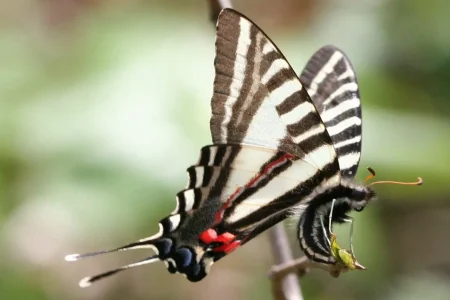
Zebra swallowtail butterflies’ host plant is Pawpaw trees, native to the Northeast, Mid-Atlantic, and Midwest.
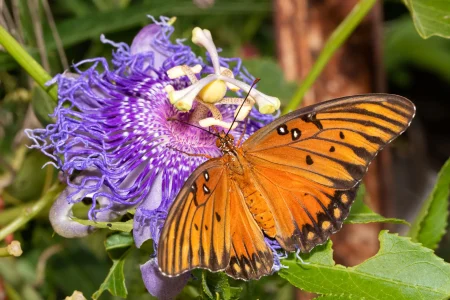
Gulf Fritillary butterflies’ host plant is Passionflower, native to the South.
A beautiful host plant for Black Swallowtail butterflies is Golden Alexander, native to the Northeast, Mid-Atlantic, and Midwest.
And there’s more…
We have an entire article listing Native Host Plants for Butterflies. Gardening with a specific butterfly in mind is a great way to plan and grow a pollinator garden. The National Wildlife Federation also has a regional host plant map where you can search by location.
How to grow host plants
Growing host plants is easy! You can either plant from seed or start with plants from a nursery or neighbor.
Here are four trusted sources to buy or find native host plants or seeds:
Where can I find seeds and plants?
Finding native plants can be challenging (we partly blame Marie Antoinette.) To make it easier, we’ve assembled four sourcing ideas.
300+ native nurseries make finding one a breeze
Explore 100+ native-friendly eCommerce sites
Every state and province has a native plant society; find yours
Online Communities
Local Facebook groups are a great plant source
As you discover and plant host plants, we have a tip to best help butterflies and beneficial bugs:
Plant 5+ host plants (ideally)
To maximize butterfly moms finding your plants, grow at least five host plants in an area. This increases the chances that wildlife will find the plants and, ideally, lay enough eggs to prosper and thrive.
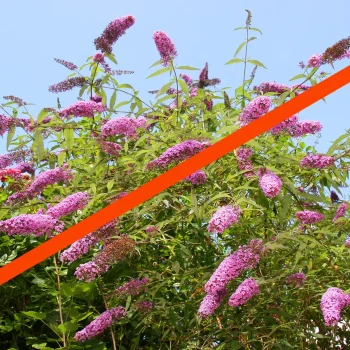
What about butterfly bushes?
“Butterfly bushes” are a true testament to the power of naming and marketing. Butterfly bushes are native to Asia. While the flowers do provide some nectar for butterflies when in bloom, butterfly bushes are not host plants for any North American butterflies. Think of them like Pepsi for butterflies—they are a sweet treat for adults but don’t offer the food or habitat of a host plant.
Replace all butterfly bushes with milkweed and other host plants.
Planting native host plants help butterflies for years and years
One other amazing thing about host plants is many of them come back year after year. (A plant that comes back every year is called a perennial.) It’s so easy to have a beautiful garden of native host plants that come back, year after year. Plant native host plants once, sit back, and enjoy.
Planting native host plants is great for saving water (and being a lazy gardener)
For those of us who don’t want to spend hours and hours gardening, planting native host plants ensure your garden will be beautiful for years to come AND help butterflies, with minimal work from you. (Especially compared to non-native plants and lawn care.) Once native plants are established, they thrive with only the rain found in their home area.
Host plants are almost ALWAYS native plants—and that’s a good thing. Native plants don’t need fancy fertilizers, special soil, or extra attention. When planted in their home area, native plants have all they need to grow.
Host plants are another reason why it’s important (and easy!) to plant native. Without host plants in our landscapes, butterflies won’t be able to survive. Plant some beautiful host plants and enjoy the beauty of pollinators and a gorgeous yard. Happy planting!
Sources
- Harstad, Carolyn. Go Native! Gardening with Native Plants and Wildflowers in the Lower Midwest. (1999).
- Nelson, Gil. Best Native Plants for Southern Gardens: A Handbook for Gardeners, Homeowners, and Professionals, (2010).
